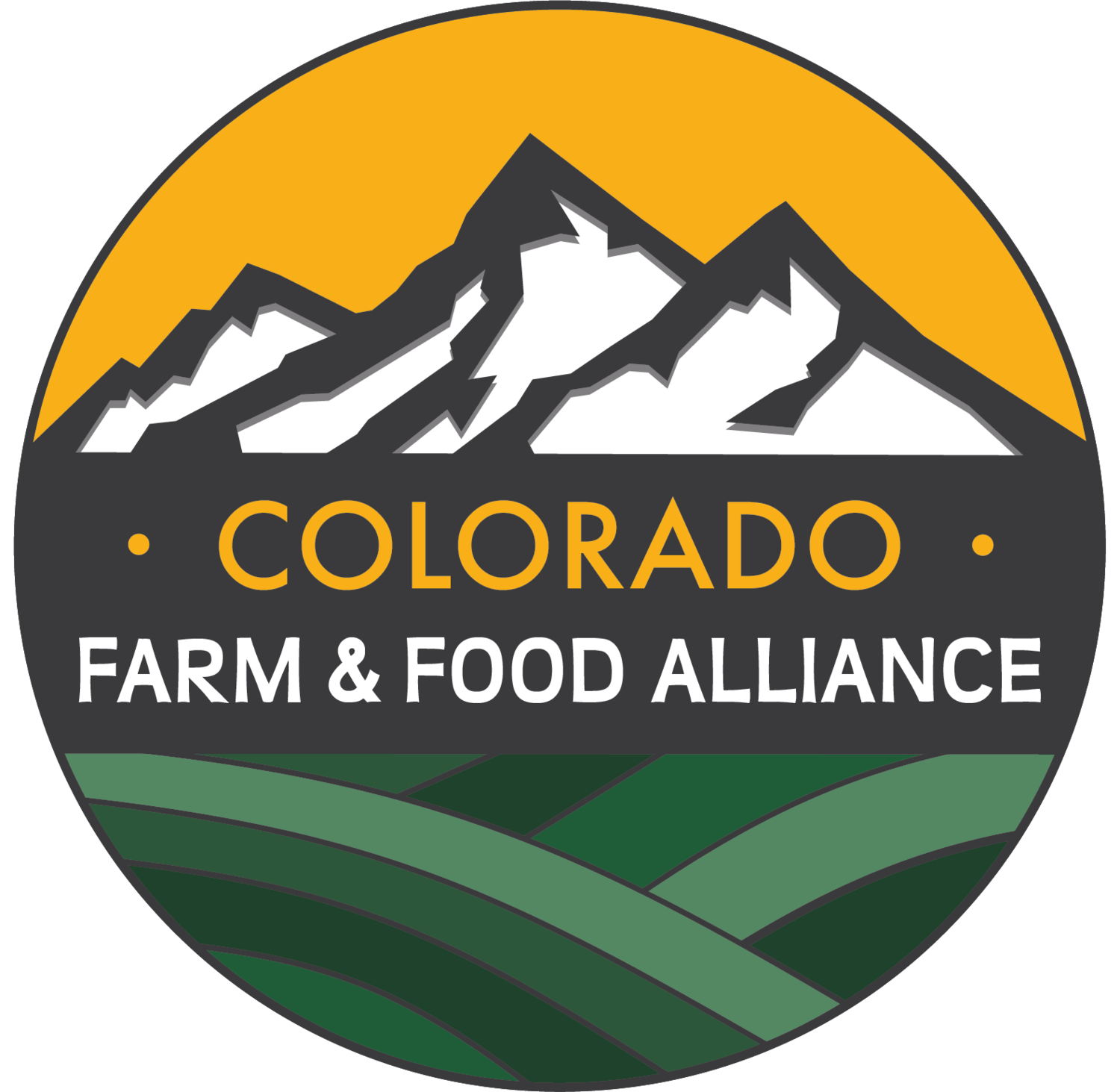Colorado’s West Slope at Ground Zero: The Climate Emergency in the Gunnison Basin
The Gunnison River Basin, a major headwater region to the Colorado River, is heating even faster than most other places in the United States, endangering billions of dollars in enterprise and millions of people. This region also has all the ingredients to become a national leader in rural climate action. Which future will it choose?
Climate change is in the news. Whether it’s COP26 happening in Glasgow or the Build Back Better plan that would make the largest ever federal investment in climate action under deliberation in Congress, responding to the climate emergency is receiving a lot of attention of late. And while these discussions may be happening internationally and in Washington DC, there are few other regions in the United States more in the crosshairs of this crisis than the Southwest. That includes our base of operations, the Gunnison River Watershed.
Image: Decline in historic late-season snowpack levels is just one way precipitation patterns are shifting. Climate change can bring both drought and flooding, with storm events becoming less frequent but sometimes more violent and intense. Map data source: USDA Natural Resources Conservation Service, 2020
This fall, the Colorado Farm & Food Alliance is releasing our first Climate Report - Gunnison River Basin: Ground Zero in the Climate Emergency which documents the crisis now bearing down on the region. It will also show that western Colorado has all the ingredients to be a climate leader.
The Gunnison River drains steeply from high mountains and plateaus, beginning its relatively short journey at an elevation above 14,000 feet in the Southern Rocky Mountains and ending at the Colorado River in Grand Junction, at around 4,500 feet above sea level.
The climate emergency impacting the Gunnison Basin is in fact dire and what’s happening here is indicative of what is happening across much of the Southern Rocky Mountain region. On all sides of the Gunnison Basin, other major American rivers and their tributaries begin—the Arkansas, the Rio Grande, the Dolores and the San Juan all share high mountain divides with the Gunnison Basin. This report will also highlight opportunities for action right now that can be undertaken in the Gunnison Basin, and which are also more broadly applicable.
The urgent need to address the climate crisis is a once-in-a-generation opportunity. While the Gunnison Basin is at ground zero of the cascading climate emergency, it is also well-situated to be a climate leader and to model how the rural West -- even areas once dependent on fossil fuel extraction and power -- can build towards a more resilient future.
Finally, since we must all get involved in meeting this challenge, this report will be the foundation of our own push this winter and in 2022. Colorado Farm & Food Alliance programming will serve to make climate change central to conversations around local food systems, to teach, model and implement climate-forward and equitable practices, and to elevate local climate leaders as advocates and champions for sound practice and policy.
Watch for this report and for ways that you can get involved in meeting this defining challenge of our lifetime – We’ll be sharing more soon!

